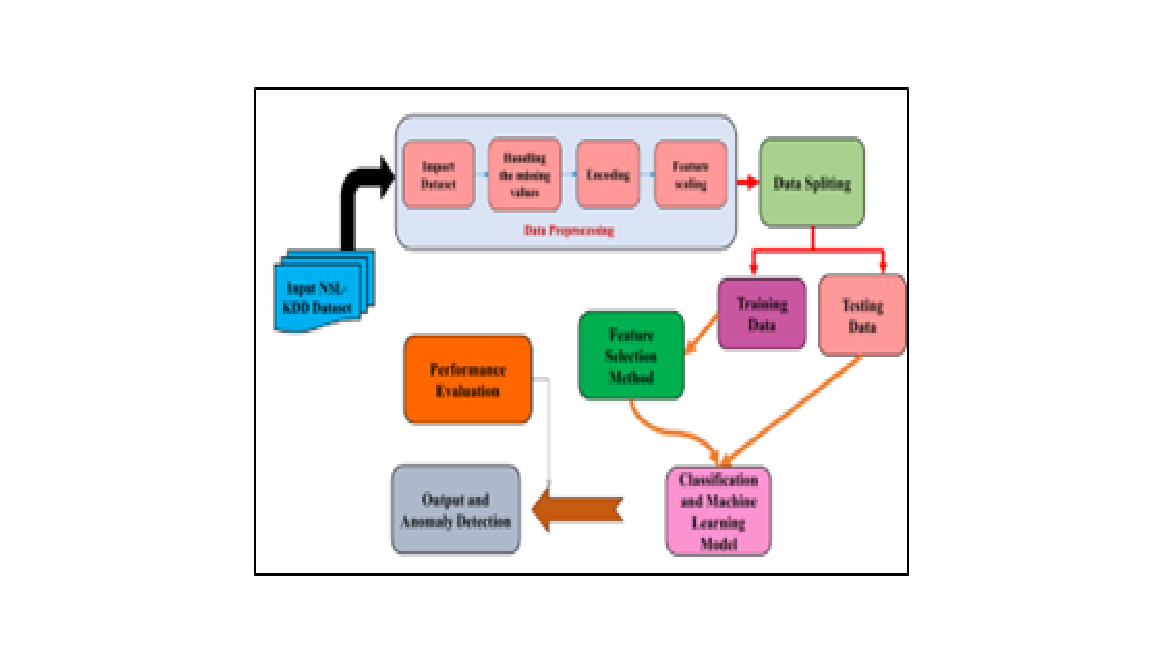Designing an Efficient Machine Learning-Based Intrusion Detection System for Enhanced Cyber Security in Modern Networks
Main Article Content
Abstract
To protect important data and assets in the digital age, strong protection is a must. Intrusion detection systems (IDS) have become one of the most important ways to protect against online dangers. But because cyberattacks are getting smarter and more complicated, IDS systems need to be more efficient and effective. This study shows an effective way to improve attack detection in current networks using machine learning. Random Forest (RF) and Support Vector Machines (SVM) are two cutting-edge machine learning methods that are used in the suggested method. Because they can handle large, complicated datasets and give correct classification results, these algorithms were picked. The method involves preparing data from network traffic by pulling out traits that can be used to spot bad behaviour. Both algorithms are taught on a labelled dataset that includes both regular and attack traffic. This lets them learn trends that can point to hacking attempts. Metrics like accuracy, precision, recall, and F1-score are used to compare how well the two methods work. Traditional signature-based IDS don’t work as well as our suggested method, which gets higher detection rates and lower false positive rates. Using machine learning methods, especially RF and SVM, together makes the system more resistant to new dangers because it can change to attack routes that haven't been seen before.
